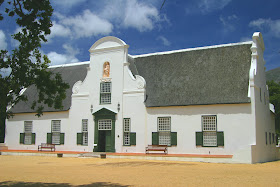Could the appalling environmental disaster in Hungary, where caustic red mud poured from an aluminium factory’s containment pond on Monday, have been prevented?
I have just searched MEI Online and found an interesting news item from
September 2002.
Viotec International Ltd announced in 2002 that it had the worldwide marketing and distribution rights to a newly invented process, known as Basecon™ technology, which was registered and patent applied for worldwide, and had been successfully demonstrated at alumina refineries in North American and Europe.
In essence, the report suggests that Basecon™ technology provides the alumina industry with an economic incentive to neutralise bauxite residue (red mud) in such a way that it is no longer caustic, thus eliminating the industry’s long term waste liability. Executive Chairman Brian Sheeran stated, “It is impossible to imagine a world without aluminium, yet the industry faces constant challenges. Basecon™ technology gives the alumina industry a ‘walkaway’ solution to hundreds of millions of tons of caustic bauxite residue currently stored in containment ponds, and tens of millions of tons of caustic bauxite residue produced annually. The Directors believe Basecon™ technology is a significant breakthrough that will benefit the alumina industry throughout the world. When applied to the Bayer process (which is used by the alumina industry worldwide) Basecon™ technology eliminates the need to store a caustic bauxite residue. Furthermore, the Basecon™ technology can be applied to caustic residue that is currently stored in containment ponds, enabling immediate, effective and complete environmental remediation.”
The technology economically converts basicity (mainly sodium hydroxide) and soluble alkalinity (mainly sodium carbonate) into alkalinity that is retained as low solubility hydroxide, carbonate or hydroxycarbonate minerals. After minor additional treatment, the spent neutralising fluid can be safely discharged to the sea or retained in an evaporating basin for salt recovery.
In the report the Directors believed that the implications for the alumina industry are significant. For decades, the alumina industry has been investigating options for treating, disposing, and using bauxite residue, a by-product of the Bayer process, to extract aluminium oxide from bauxite ore. The sheer volumes of residue waste generated, together with the cost of treatment and handling, have been the primary issues affecting its use in beneficial applications. The worldwide alumina industry produces over 70 million dry metric tons of bauxite residue annually.
Does anyone know what happened to this process? I cannot find any follow-up news, and whether it was applied in Europe- if so, why not in Hungary?













